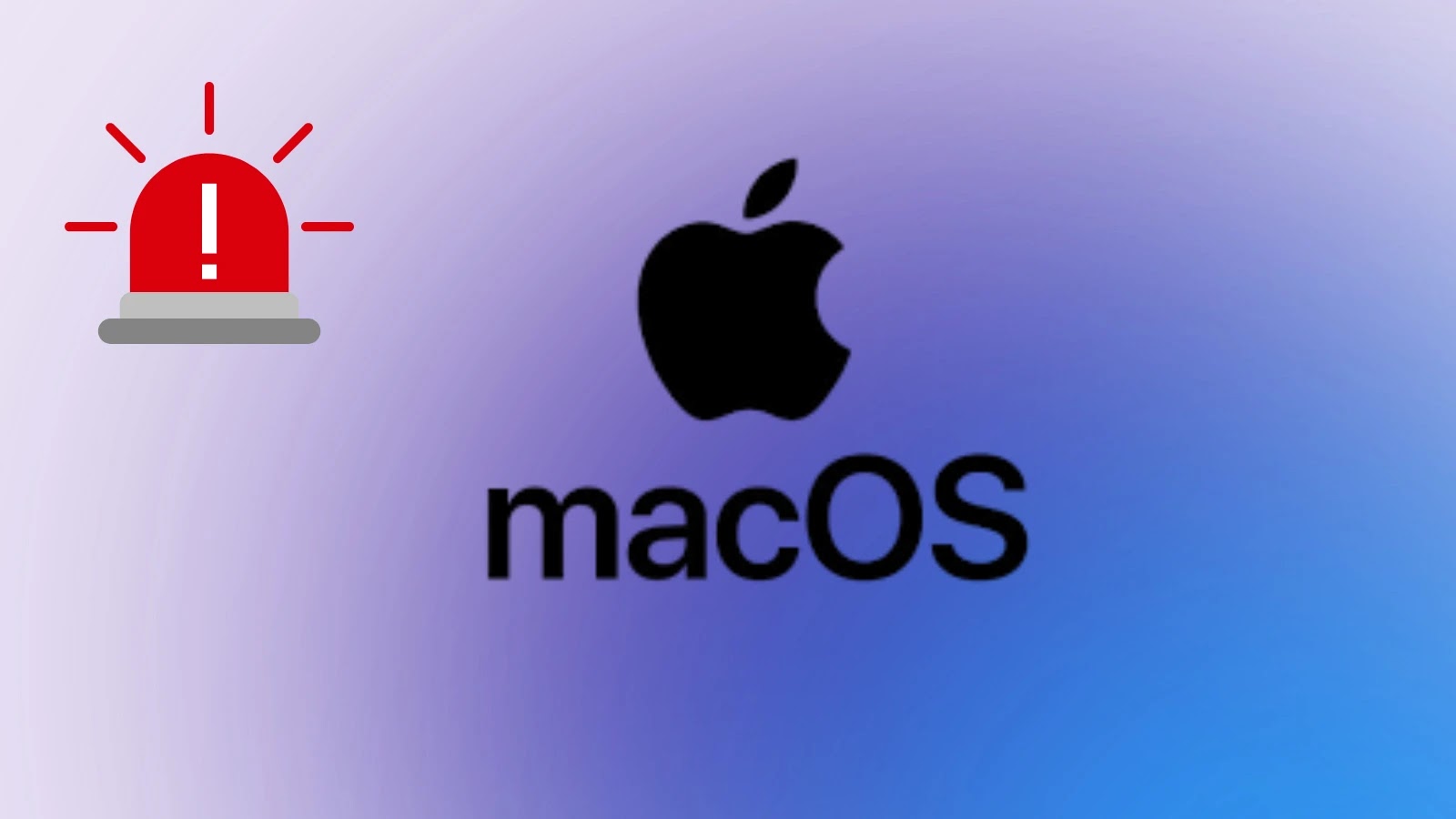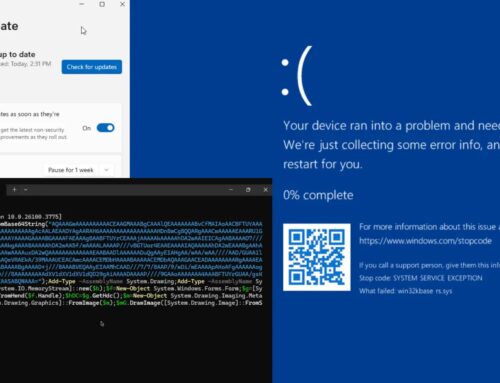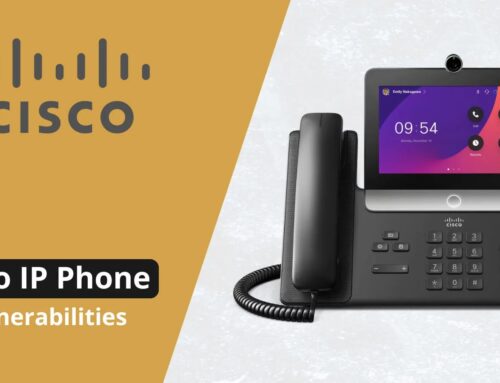
Critical macOS ‘Sploitlight’ Vulnerability Let Attackers Steal Private Data of Files Bypassing TCC
Unmasking ‘Sploitlight’: A Critical macOS Vulnerability Bypassing TCC Protections
A disturbing revelation has emerged for macOS users: a critical vulnerability, aptly named “Sploitlight,” has been uncovered, allowing attackers to bypass macOS’s crucial Transparency, Consent, and Control (TCC) protections. This bypass enables unauthorized access to and theft of sensitive user data, including files from protected directories and even caches used by Apple Intelligence. The implications are severe, posing significant privacy risks for a vast user base.
What is the ‘Sploitlight’ Vulnerability?
The “Sploitlight” vulnerability exploits a less-expected vector: Spotlight plugins. Spotlight, macOS’s powerful search indexing tool, utilizes plugins to index various file types and locations. This flaw leverages these plugins to gain access to information that would typically be shielded by TCC, macOS’s primary privacy and security framework. TCC is designed to safeguard user data by requiring explicit consent before applications can access sensitive resources like contacts, photos, calendars, and even files on the user’s desktop or documents folder. The “Sploitlight” exploit effectively circumvents this vital gatekeeper, allowing malicious actors to exfiltrate data without any user prompt or permission.
Impact and Data Exfiltration Capabilities
The unauthorized access granted by “Sploitlight” is far-reaching. Attackers exploiting this vulnerability can:
- Steal private files: This includes documents, images, videos, and other personal data stored in protected directories that TCC is meant to secure.
- Access Apple Intelligence caches: With the advent of Apple Intelligence, the potential for sensitive personal data being processed and stored in caches is significant. Unauthorized access to these caches could expose a wealth of highly personal information that users expect to remain private.
- Bypass user consent: The core of the issue is the TCC bypass. Users are entirely unaware that their data is being accessed, making detection and prevention challenging without robust security measures.
While a specific CVE-ID for “Sploitlight” was not explicitly detailed in the source, it is imperative for Apple to assign one for proper tracking and patching. We will update this space as soon as concrete CVE information becomes available. For general TCC bypass vulnerabilities, you can often find related entries in the CVE database (placeholder for future CVE).
Remediation Actions for macOS Users
Addressing the “Sploitlight” vulnerability requires a proactive approach. Users and organizations should implement the following remediation actions:
- Immediate Software Updates: The most critical step is to apply all available macOS updates as soon as they are released. Apple typically patches such vulnerabilities quickly once they are publicly disclosed. Ensure your system is set to automatically check for and install updates.
- Review Spotlight Settings: While not a direct mitigation, reviewing your Spotlight privacy settings can help limit the scope of what Spotlight indexes, potentially reducing the attack surface. Navigate to System Settings > Siri & Spotlight > Spotlight Privacy and add sensitive folders to the privacy list.
- Endpoint Detection and Response (EDR) Solutions: Deploying and maintaining robust EDR solutions is crucial. These tools can often detect anomalous behavior indicative of TCC bypass attempts or unauthorized file access.
- Least Privilege Principle: Adhere to the principle of least privilege for user accounts and applications. Limit administrative access and ensure applications only have the necessary permissions to function.
- Regular Data Backups: Periodically back up critical data to an external, secure location. This minimizes data loss in the event of a successful exploitation and data exfiltration.
- Security Awareness Training: Educate users about the dangers of suspicious emails, links, and unknown software installations, as these often serve as initial vectors for exploiting vulnerabilities.
Recommended Tools for Detection and Mitigation
Leveraging appropriate tools can significantly enhance your ability to detect and mitigate the risks posed by vulnerabilities like “Sploitlight.”
| Tool Name | Purpose | Link |
|---|---|---|
| macOS Security Updates | Primary patch for vulnerabilities. Automatic updates are critical. | Apple Support |
| Objective-See Tools (e.g., LuLu, BlockBlock) | Real-time macOS security tools for network filtering and monitoring persistent threats. | Objective-See |
| Commercial EDR Solutions (e.g., CrowdStrike, SentinelOne) | Advanced endpoint protection, detection of anomalous behavior, and threat hunting. | (Consult vendor websites) |
| Firewall (Built-in macOS Firewall) | Control inbound and outbound network connections for applications. | (Accessible via System Settings) |
Conclusion: Protecting Your macOS Environment
The “Sploitlight” vulnerability serves as a stark reminder that even robust operating systems like macOS are susceptible to sophisticated attacks. The ability for attackers to bypass TCC, a cornerstone of macOS privacy, is concerning and underscores the need for constant vigilance. Users must prioritize timely software updates, implement strong endpoint security measures, and maintain an awareness of potential threats. As the cybersecurity landscape continues to evolve, our defenses must evolve with it to protect our most sensitive digital assets.





